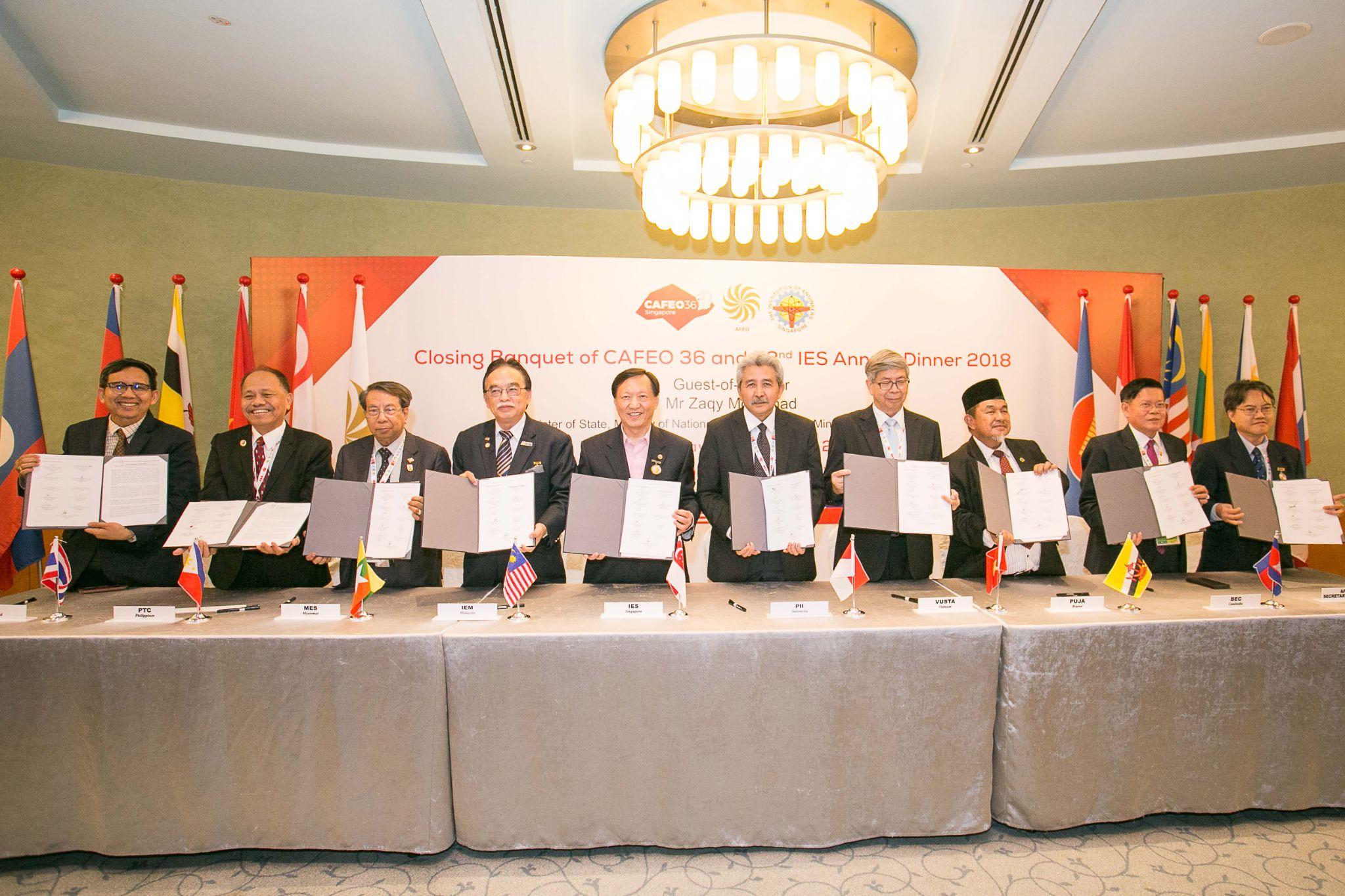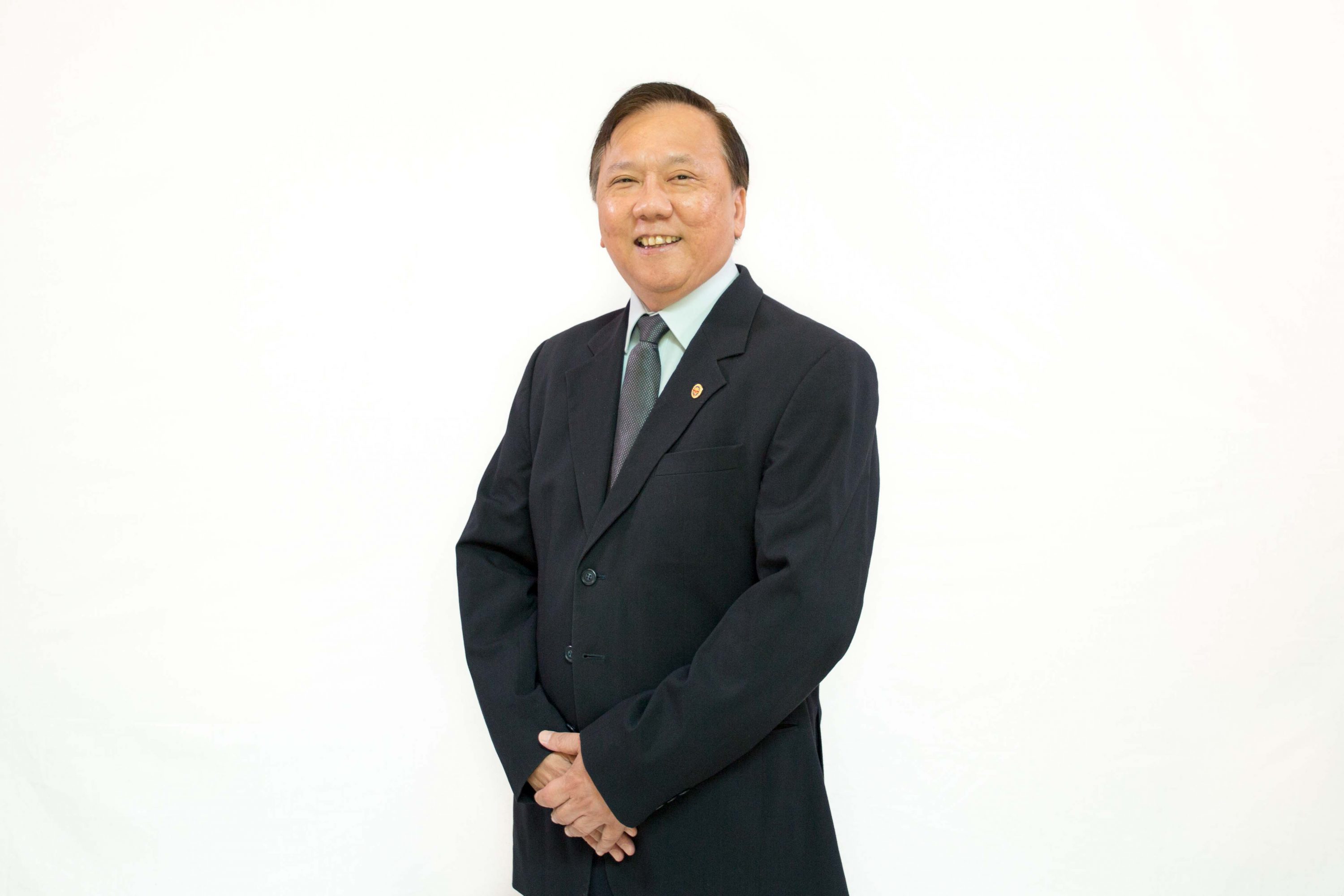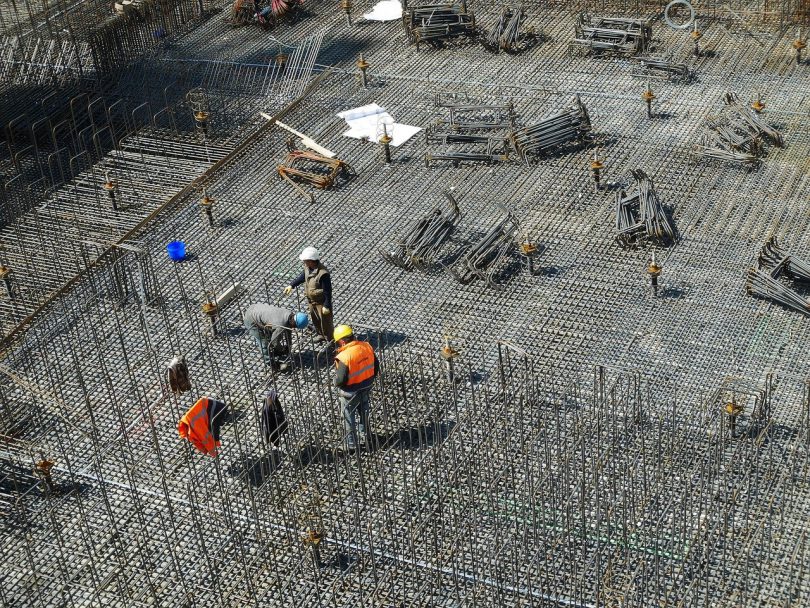By Er Chong Kee Sen
Workplace safety and health (WSH) is a key concern in the construction industry, and lack of focus to it is the top contributor to workplace fatalities in Singapore.
The six-month workplace fatality rate for the construction industry increased from 1.2 fatalities per 100,000 workers in the second half of 2020 to 1.7 in the first half of 2021. This is going against the goal of less than one fatality per 100,000 workers over a three-year average by 2028, which was set by the national WSH 2028 Tripartite Strategies Committee.
We believe that engineers can greatly contribute to the ongoing efforts to reduce the workplace fatality rate and reverse the trend by actively applying the Design for Safety (DfS) principles in their engineering-related activities.
As Singapore moves towards reopening its economy, work in the construction sector is quickly ramping up to pre-pandemic levels. At the same time, issues like labour shortage, material shortages, supply chain disruptions and increased costs—challenges that could threaten WSH at the work sites—still linger.
At this juncture, it is critical for the entire construction industry to take collective action to ensure that WSH remains a priority despite the challenging operating environment.
THE ROLE OF ENGINEERS IN WSH
As the people who are responsible for both the design and construction of structures and buildings, engineers from different disciplines play a key role in keeping construction workers safe by vigorously applying DfS principles.
Whether it is a building, a flyover or an MRT tunnel, engineers are the ones who apply appropriate design codes to engineering designs according to strict compliance requirements to ensure they are structurally safe.
In other words, engineers eliminate, if not reduce risks at source—pivotal component in improving WSH upstream in any building/construction project.
In 2008, with the introduction of the Guidelines on Design for Safety for Buildings and Structures by the Workplace Safety and Health Council (WSHC), engineers embarked on the application of DfS principles to address WSH risks at the planning and design stage of engineering projects and works.
Their roles are to identify foreseeable risks related to the design, construction, and maintenance of buildings or structures. When necessary, engineers must modify the design to eliminate risks or add preventive control measures to reduce the risks to a level that is reasonably practicable.
FACTORS CONTRIBUTING TO CONSTRUCTION INJURIES AND FATALITIES
Many factors tied to engineering design could compromise the safety of worksites, for example:
– Requirement for workers to manually handle heavy precast planks for installation of lower slab below the main floor due to insufficient headroom for cranes.
– Top-down construction for a deep basement where extended periods of welding is required to join long king post segments.
– Buildings using fragile and transparent material on the roof for skylight penetration that could give way when workers step on them during installation, repair or removal.
– Buildings with façades that require protruding vertical aluminium vertical fins to be manually installed on site.
– Buildings with multiple floor openings that require temporary covers such as planks and timber boards during construction.
The above list is by no means exhaustive and only serves to give an idea of potential design risks that could lead to injuries or fatalities.
IMPACT OF APPLYING DFS PRINCIPLES
Application of DfS principles reduces WSH risks in extensive ways. Here are a few examples:
– When reviewing the safety of the lifting of large and heavy prefabricated components, engineers could identify inadequate floor loading for the crane parking above the basement slab. If not, the crane may punch through or damage the floor slab causing it to tilt and collapse during lifting operations.
– When reviewing the safety of buildings with green roofs without parapet wall for aesthetic reasons, engineers could identify the presence of open edges that exposes workers to the risk of falling from height during construction and maintenance; and design edge protection along the roof and install it as early as possible.
DRIVING GREATER ACTION TOWARDS VISION ZERO
As the national society of engineers, The Institution of Engineers, Singapore (IES) is committed to drive greater action towards the national Vision Zero (VZ) goal amongst the engineering community. Our commitment is marked by the signing of the VZ pledge by the IES President and Council Members at the World Engineers Summit 2021 in November last year. The signing was witnessed by Deputy Prime Minister Heng Swee Keat and John Ng, chairman of the WSHC.
The pledge represents our dedication to embrace the mindset that all injuries and unhealthy practices at work are preventable—and the belief that zero accidents is an achievable goal. It is a demonstration of our unwavering commitment for VZ in all fields of engineering in Singapore.

Signing of Singapore Declaration with Vision Zero as one of the resolutions at CAFEO 36 in 2018
A key enabler of VZ is DfS. IES pledges to proactively create a safe and healthy work environment for everyone by always applying DfS principles to address WSH risks at both the design and planning stage of all engineering projects. We also support the development of comprehensive solutions, using latest technologies, to understand and address root causes, and to prevent accidents from reoccurring.
This pledge is a key milestone in our efforts to enhance WSH—a journey that started many years ago.
CONCLUSION
WSH is a commitment that must not be sidelined under any circumstances. It would be meaningless to have a world-class built environment if we cannot protect the health and safety of the people building it.
IES strives to work with engineers and all construction industry players to make the goals of VZ a reality in Singapore and share the programme with AFEO partners to bring its success beyond our shores.
About the author:

Er. Chong Kee Sen
Emeritus President of IES

 Malaysia
Malaysia Hong Kong
Hong Kong Indonesia
Indonesia Tiếng Việt
Tiếng Việt ประเทศไทย
ประเทศไทย










